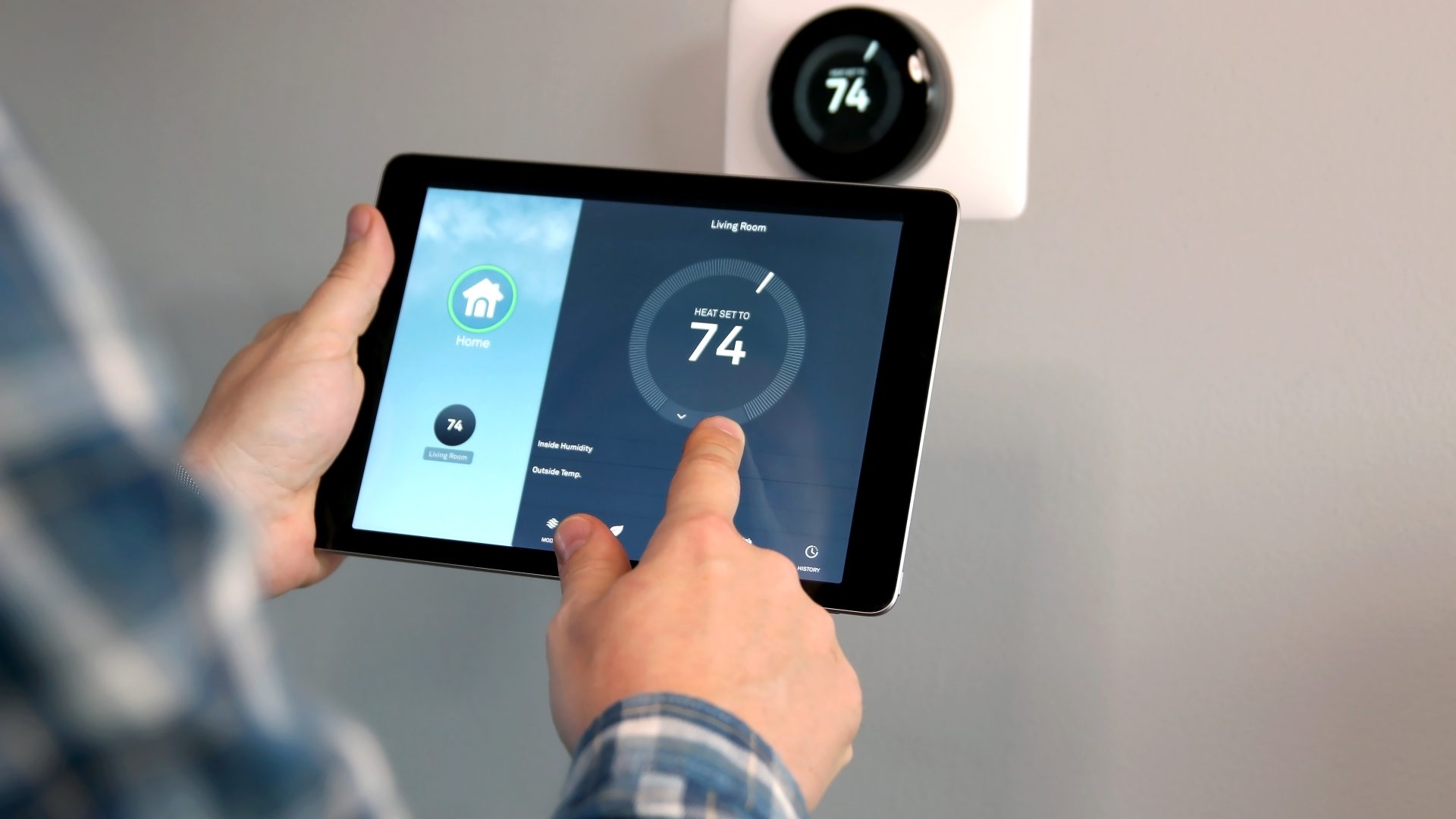Residential thermostats play a vital role in maintaining a comfortable indoor climate and managing energy usage within the home. Various types of thermostats exist to meet consumer preferences and technological advancements. This blog will explore the primary types of residential thermostats.
- Mechanical Thermostats
Basics of Mechanical Thermostats
Mechanical thermostats represent the most traditional form of temperature control.
How Mechanical Thermostats Work
These devices utilize a bimetallic strip, a component made from two different types of metal with varying rates of expansion, to sense changes in temperature. The bimetallic strip expands or contracts as the room temperature fluctuates, causing the thermostat to activate the home’s heating or cooling system accordingly.
- Electronic Thermostats
Enhanced Precision with Electronic Thermostats
Electronic thermostats are a step up from mechanical models in terms of accuracy.
Technology Behind Electronic Thermostats
They use electronic sensors to measure room temperature precisely. These thermostats then use this accurate data to control the home’s HVAC (Heating, Ventilation, and Air Conditioning) systems. Many homeowners prefer electronic thermostats for their improved temperature control abilities.
- Programmable Thermostats
Personalizing Climate Control with Programmable Thermostats
Programmable thermostats offer a customizable approach to home temperature management.
Scheduling with Programmable Thermostats
The thermostat can automatically adjust the temperature at predetermined times by allowing homeowners to set schedules for their heating and cooling systems. This means a house can be warm or cool exactly when needed, potentially reducing unnecessary energy usage and saving money on utility bills.
- Smart Thermostats
The Next Generation: Smart Thermostats
Smart thermostats represent the cutting-edge in thermostat technology.
Connectivity and Learning Abilities of Smart Thermostats
These devices can be controlled remotely using a smartphone or other connected device, enabling adjustments to your home’s climate from anywhere with an internet connection. Furthermore, many smart thermostats can learn the homeowner’s preferences over time and autonomously adjust settings for optimal comfort and efficiency. They can also integrate seamlessly with other smart home systems, providing an all-encompassing solution for home automation.
Conclusion
In conclusion, whether you’re interested in a simple mechanical model, a precise electronic option, a customizable programmable thermostat, or the latest smart thermostat technology, there’s a residential thermostat designed to meet your specific needs and preferences. Considering these options can enhance comfort and energy savings in your home.
Advanced Cooling is the premier choice for HVAC services in Texas and Oklahoma. With a team of highly trained and certified technicians, we have the expertise to handle all of your heating, ventilation, and air conditioning needs. Our commitment to customer satisfaction is unmatched, and we always go above and beyond to ensure that your experience with us is positive. We use only the highest quality parts and equipment to ensure that your HVAC system is running at peak performance. Plus, we offer competitive pricing and flexible scheduling to fit your needs. Choose Advanced Cooling for all of your HVAC needs in Texas and Oklahoma.
